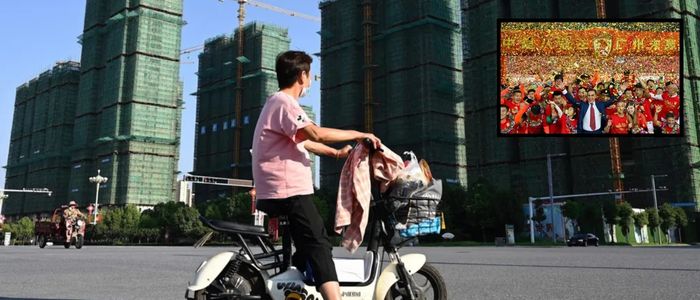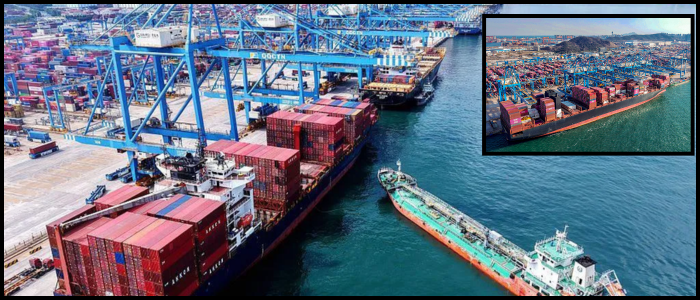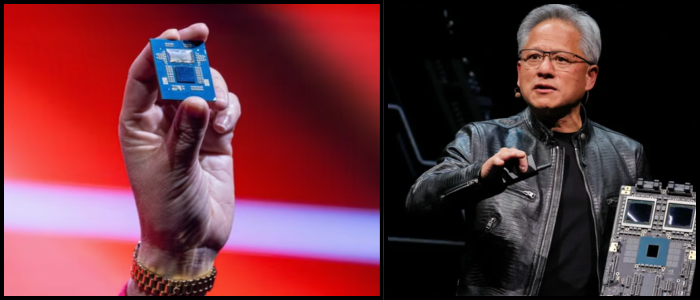The United States has eased export restrictions on chip design software and other technology sold to China, following a meeting between presidents Donald Trump and Xi Jinping to try to cool trade tensions. The decision follows an agreement reached in June during trade talks in London, but the deal was formalized only last week.
The Trump administration had imposed the software restrictions in May after China tightened its control of rare earth exports, a central plank in their trade dispute. Three of the largest companies — Cadence, Synopsys, and Siemens — said they had been notified by the United States Commerce Department that the restrictions had been lifted.
Both U.S. firms, Cadence and Synopsys said they are working on restoring access to software that they’re bringing under control, while also assessing the implications of the curbs to their operation and finances. Germany’s Siemens said it has restored full access to software and support for its Chinese customers.
These companies control around 70% of China’s EDA market according to estimates, and practitioners: “Chip design cannot be completed without EDA tools. The restrictions were a major setback to China’s semiconductor ambitions, part of a broader American effort to stifle China’s military and artificial intelligence advances.
Trade Deal Covers Ethane and Jet Engines. Rare Earth Flow Has Resumed.
In addition to lifting chip software curbs, the United States also lifted export restrictions on ethane and jet engines to China. In the past few months, ethane has been banned from shipping. China was the destination for nearly 50% of U.S. ethane exports last year. On Wednesday the Trump administration sent letters to American ethane producers that they may now export.
Separately, Commerce Department officials had informed U.S. aerospace companies such as GE Aerospace that they could renew shipments to China of jet engines, according to reports.
The relaxing of the restrictions is one clause in the trade deal reached last month in London, in which China pledged to accelerate the approval process for exports of rare earths to the United States. For its part, Washington pledged to drop some of its countermeasures. China’s Ministry of Commerce acknowledged these developments and said both sides continued to be in touch and were making efforts to implement what was agreed to in London.
A spokesman for the ministry called for ongoing cooperation, saying “dialogue and cooperation are the proper way forward and coercion and extortion have never achieved anything.
With August Truce Deadline Looming, Tariffs Remain in Place
While export controls have been relaxed, neither side has touched the broader issue of tariffs. A 90-day truce on trade reached in Geneva in May is set to expire in August, and disputes persist about high import duties.
U.S. tariffs on Chinese goods stand at around 55% in total, President Trump has said, which includes a 10% reciprocal tariff imposed in April and an extra 20% tariff on goods tied to China’s supposed role in illegal fentanyl exports to the U.S.
Trump said China would lower its tariffs on American goods to 10%, though it isn't clear whether the cuts are only for new duties or if they include previous measures. Chinese officials have not disputed Trump’s characterization of the accord.
At the height of their trade fight in April, China instituted tough licensing regulations on the export of seven categories of rare earth minerals along with several types of magnets necessary for electronics, vehicles, and military systems. China mines 90 percent of the world’s rare earth supply and it used its supply dominance as a weapon in the dispute.
Since the recent deal, China has moved more quickly to process export license applications, and the United States has lifted its restrictions on the export of critical technology and chemicals. Yet both sides also face ongoing obstacles to fully resolving their economic differences before the temporary truce expires.
Business

US Lifts Chip Software Export Curbs After Trade Talks

U.S. Reverses Chip Software Restrictions After Trade Negotiations The move eases one of the many contentious issues between the two economic superpowers.















